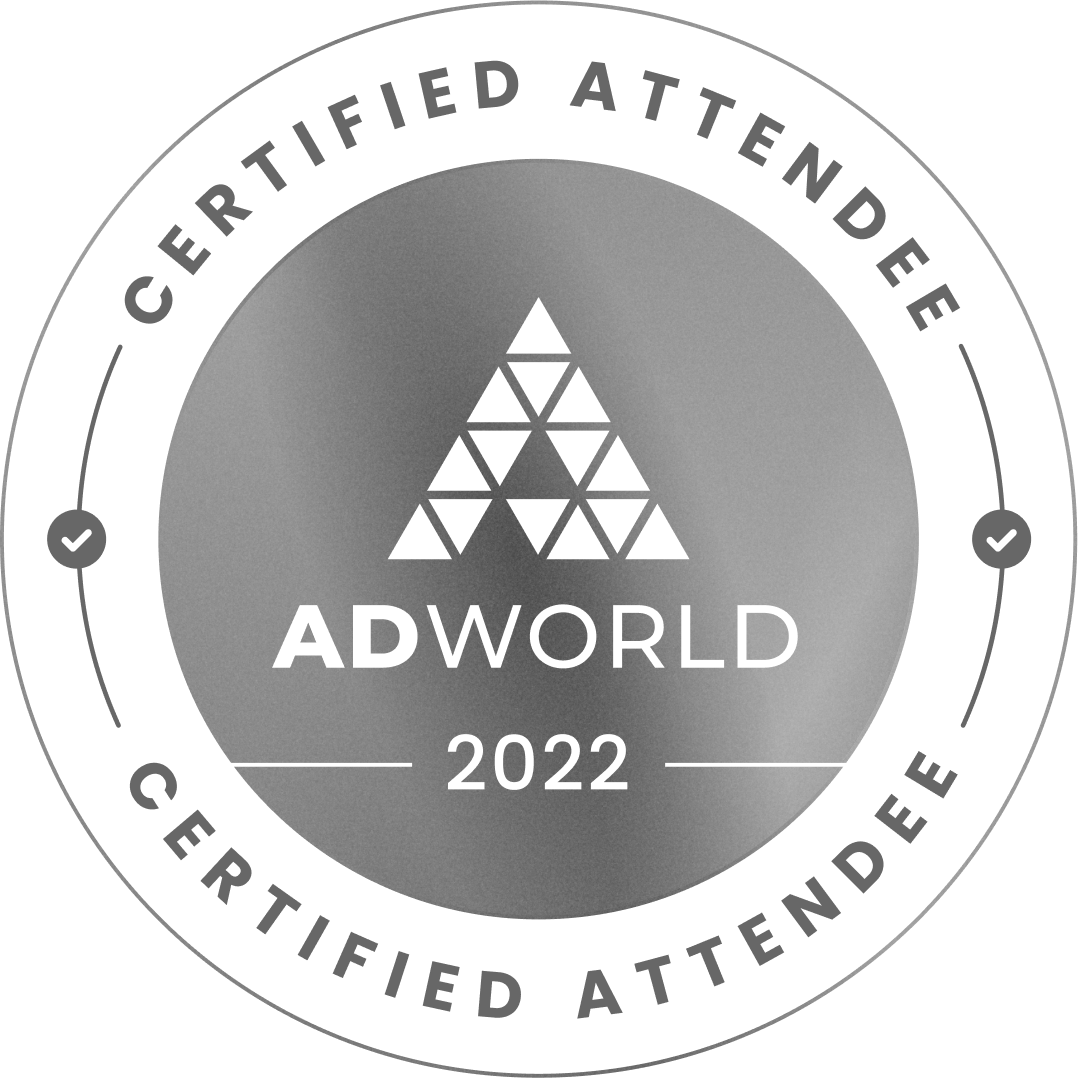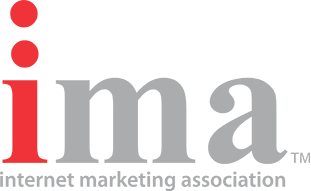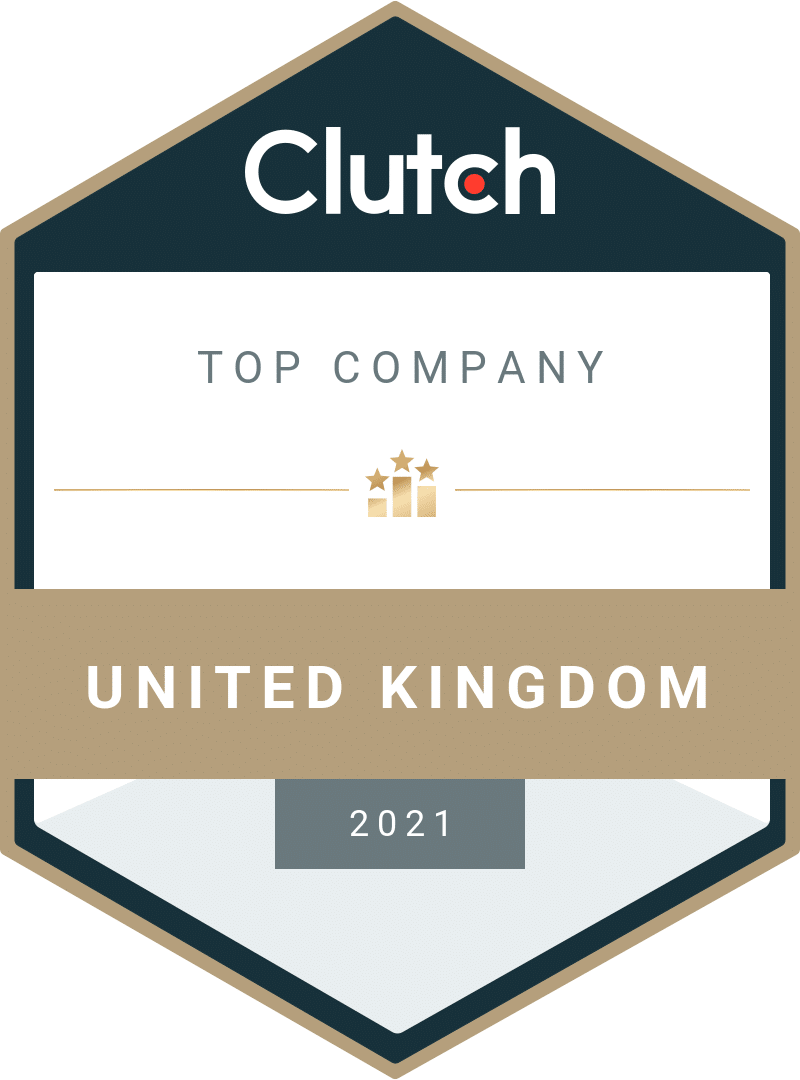How to Market SaaS B2B: 6 Proven B2B SaaS Marketing Strategies
Marketing your B2B SaaS product or service to the world takes a winning combination of various strategies that will reach your audience on different platforms, at different times of the day, and at different phases of the buyer’s journey.


There’s No Such Thing as a Single Marketing Approach
While some marketing strategies are more effective than others, investing in just a single solution won’t be enough to stand out from the competition.
Whether you’re looking to enhance your SEO, refine your social media presence, or implement effective email campaigns, we’ve got the list of the most effective B2B SaaS marketing strategies right here:
How Our Clients Did Last Month
Month-over-month traffic trends. Source: Google Search Console
#1
#1: Search Engine Optimisation: Reach the Top of the B2B SaaS Market
B2B search engine optimisation (SEO) is an inbound marketing strategy that involves optimising your website to rank as high as possible in search engine results pages (SERPs) for keywords and phrases your target market uses to search the internet.
The goal for B2B SaaS SEO is to drive more organic traffic to your site from people searching for the solutions you offer.
SEO is considered low risk because, if properly managed by a B2B SaaS SEO agency, it has the potential to produce long-term results long after you’ve paid for it.
How an Effective SEO Strategy Works for SaaS
When you rank higher in search results, more people will see and engage with your brand.
That’s the basic idea of SEO.
The only problem with that definition is that it hides the fact that more traffic doesn’t necessarily mean more conversions, leads, sales, or however you call it. (FYI, you might want to steer clear of SEO agencies who lean too heavily on these vanity metrics.)
Because the idea of effective SEO isn’t just to rank #1 for a term. Anyone can rank for something that has low volume and low competition, but implementing proven B2B SaaS marketing strategies is more challenging.
For example, did you know that Geeky Tech has ranked in the top position for “underwater washing machine” for years?
Wait, what’s an underwater washing machine and what does that have to do with SEO?
Nothing, it doesn’t exist, and it doesn’t have anything to do with SEO.
Which is why we made the page: To prove the point that getting ranked is only half the battle.
Effective SEO ranks your SaaS site for keywords your target audience uses to find your B2B software. An SEO strategy also means that the topics you write about (or more specifically, the terms you use to write about these topics) haven’t already been claimed by your competition.
Benefits of SEO for B2B SaaS Companies
Improved Visibility and Rankings in Search Engine Results Pages (SERPs)
Obviously, when you leverage targeted SEO strategies, you’ll reach the top of SERPs, where more people will see and engage with your software.
More Organic Traffic From Potential Customers
SEO is the most scalable and predictable way to achieve SaaS growth, helping drive more traffic to your site. But it’s not just any old traffic, as we’ve discussed. It’s B2B decision-makers who are on the hunt for your SaaS solutions.
It Supports E-E-A-T
Experience, Expertise, Authority, and Trustworthiness—four not-so-little words that define a page’s quality according to Google’s own content quality rating system. A page’s ability to demonstrate E-E-A-T is not a ranking factor, but SEO and E-E-A-T worship the same deity and serve the same purpose.
Content that shows experience, expertise, authority, and trustworthiness, is more likely to rank higher on SERPs because search engine optimisation encompasses the same strategies.
When potential customers see your site at the top of SERPs, they view your company as more credible and trustworthy. They are also more likely to buy from you because they know you’re an authority in your industry.
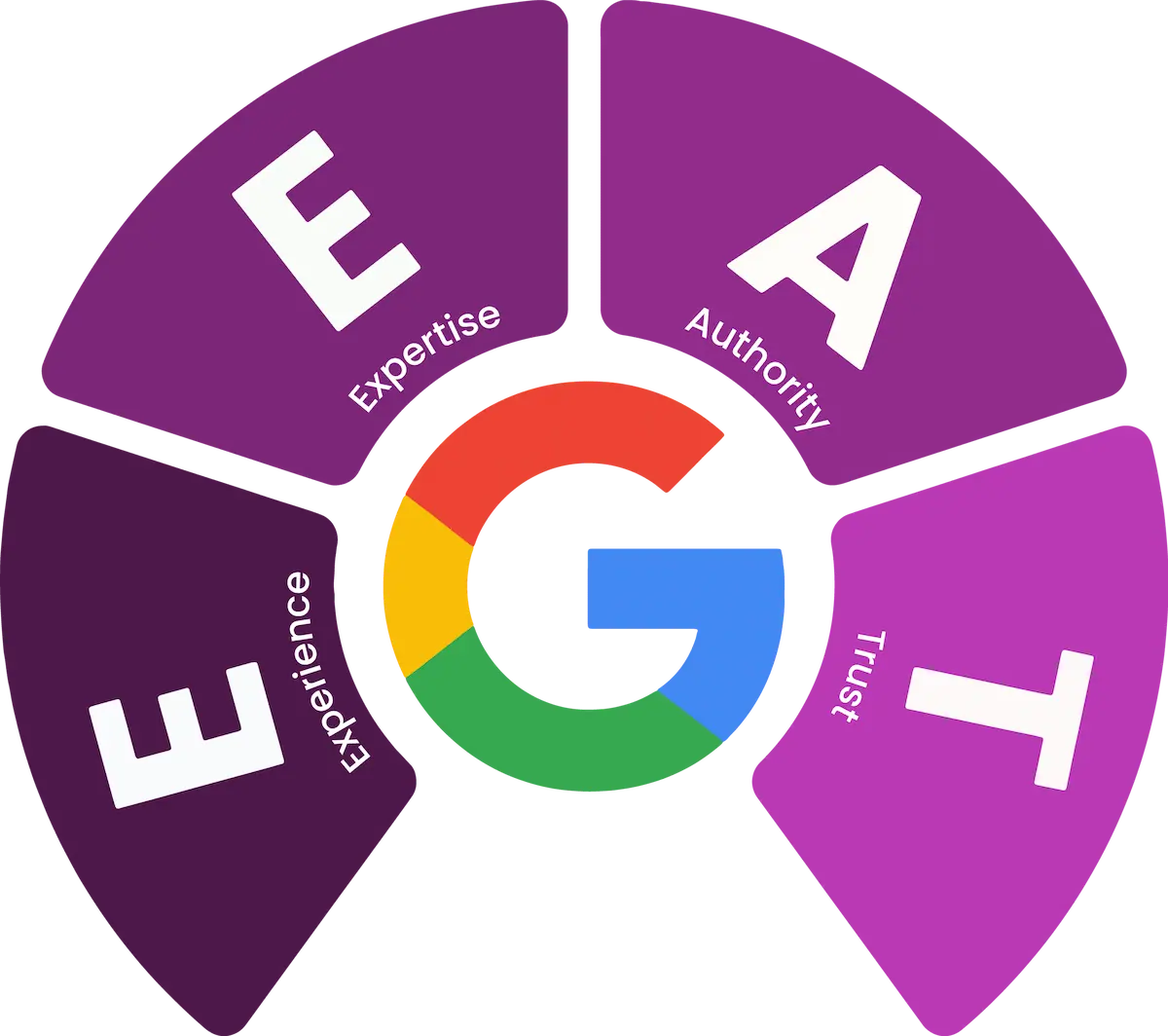
Improved ROI
The effects of SEO are cumulative, which makes it a pretty solid investment in our books. The SEO measures you put in place today will still be reaping benefits for your software company many years down the road.
Additionally, SEO is more cost effective than paid advertising, because the results don’t go away the second you stop creating optimised pages, unlike paid advertising.

Learn as You Go
A benefit about SEO for SaaS that not many agencies talk about (for obvious reasons) is that it’s one of the most accessible marketing channels available.
The basics of SEO are easy enough to grasp that marketing managers can slowly start to take these strategies into their own hands and eventually incorporate them in-house.
#2
#2: SaaS Content Marketing
Your B2B content marketing strategy should involve creating and distributing content to attract, engage, and convert potential customers.
Content forms like blog posts, white papers, case studies, videos, and webinars tailored to address the needs and goals of your target audience all fall into content marketing.
How Content Works as an Effective SaaS Marketing Strategy
Content marketing is crucial for SaaS companies, as it offers a high ROI and helps establish brand authority, drive traffic, generate leads, and build trust with prospects.
By creating valuable content tailored to your customers’ pain points, businesses can attract and engage audiences, leading to increased brand awareness and customer acquisition.
Where SEO and Content Marketing Overlap
While content marketing and enterprise SaaS SEO are distinct strategies, there’s a lot of overlap.
Quality content that addresses audience needs can improve your rankings, drive organic and qualified traffic, earn backlinks, and enhance your overall SEO performance.
Content marketing often naturally addresses SEO needs by:
- Tying in high-volume/low-competition keywords
- Improving page engagement rates
- Taking advantage of interlinking opportunities
The two strategies work together to drive more website traffic and conversions; i.e., SEO helps content appear higher in search engine results, while content marketing provides delicious fodder for top search engine results that users want to engage with.
By integrating SEO and content marketing, you can create a powerful digital marketing strategy that drives growth and success for your business.
Where Content Goes Wrong: The AI Trap
Yes, yes—everybody and their technologically impaired grandmothers love using ChatGPT, Gemini, Bing, or the flavour-of-the week AI tool.
Consider this a friendly warning: An overreliance on AI content might not serve you in the long run, especially if your content falls below E-E-A-T standards.
Your content marketing team should include seasoned content writers and editors who can create magical content from scratch and understand how to edit AI-assisted content to a high standard.

The Best Content for B2B SaaS Companies in 2024
The most effective content strategy combines different content formats that speak to customers at all stages (no more one-trick ponies!).
Top of Funnel Content
- Blog posts: tips, industry trends, and awareness topics
- Articles: demonstrate your industry knowledge and build credibility
- Explainer videos: simplify complex topics and highlight key features
Middle of Funnel Content
- Whitepapers: provide in-depth analysis of industry topics and position your brand as a thought leader.
- eBooks: offer ultimate guides on broader topics related to your brand.
- Webinars: educate prospects on specific features or use cases of the software
Bottom of Funnel Content
- Product pages: showcase unique features, benefits, and advantages over competitors
- Case studies: demonstrate real-world success stories and the impact of the SaaS product
- Free trial or demo pages: give prospects a chance to experience the software.
#3
#3: Paid Advertising
We’ve come a long way from the old outbound marketing and sales tactics of yore. We like to think of PPC as the went-to-the-best-boarding-school older sibling of SEO. It’s a crucial B2B marketing strategy that builds a direct tunnel between you and your audience and works peeeeerfectly alongside your SEO.
Paid advertising can be expensive, but the results are well worth it, especially if your campaigns are keyword-rich, targeted, and full-funnel.
For example, our medtech client didn’t have a strong PPC strategy, and they ended up spending well over $10k per MQL. After we helped them revamp their PPC strategy, we helped them not only drop their cost/MQL down to $2k, but also increased their number of MQLs by 880%. Check out the full details.
Benefits of Paid Advertising
It Gives You What You Pay for
Paid advertising can be scaled to match your business growth, allowing you to reach a larger audience as needed. You control the switchboard, which means that if you want more traffic to trickle in while you wait for your SEO to pick up the slack, you don’t have to blow your budget to get started.
On the other hand, if you want to launch a new product and need as much exposure as possible, you can scale up your spending to encourage an immediate high volume of traffic.
It Offers Enhanced Targeting Options
SEO narrows down your target audience with keywords, but paid advertising gives you an obsessive amount of control over who sees your ads. Whether it’s retargeting past site visitors or using third-party data to hone in on a specific demographics or psychographics, ads can help you pick and choose your audience.
If done correctly, hyper-targeting also means you don’t spend money on showing ads to the wrong people.
It Legitimises Your Brand
While it only lasts as long as you pay for them, appearing at the top of search results or on popular websites can enhance your brand’s credibility and perceived authority.
You Can Customise Your Campaigns
Whether it’s programmatic display, PPC, Facebook, or LinkedIn, you can choose from a variety of ad formats to suit different marketing goals, campaigns, and audiences.
Audience Insights
Think of all that data you can collect! Imagine how you could fine-tune your SEO strategy using the insights gathered from your ads.
Not only that, but campaigns can be adjusted in real-time based on performance metrics.
It Reaches Further Than Search
Paid ads can reach audiences across multiple platforms and partner sites, not just search engines; which means your target market will be more exposed to your brand.
Paid Ads & SEO: A Match Made in Heaven?
We always recommend pairing paid advertising and SEO if your budget allows. These complementary strategies work together to enhance a company’s online presence and visibility: While paid ads give your brand immediate visibility, SEO focuses on long-term organic growth and better search engine rankings.
Additionally, coordinating keywords between paid ads and SEO content can add to your authority and overall visibility.
Think of it as both the tortoise and the hare winning the race.
Types of Paid Advertising
- Pay-Per-Click (PPC): Paid search ads that appear in search engine results.
- Display Advertising: Visual ads on websites, apps, or social media platforms.
- Social Media Advertising: Targets audiences on social media platforms like LinkedIn, Facebook, YouTube, and Instagram.
- Native Advertising: Integrates ads seamlessly into the content of a website or platform, providing a non-disruptive advertising experience.

#4
#4: Email Marketing
When done right, email marketing is a cost-effective strategy that can help generate leads and build relationships with new SaaS customers.
How effective is email marketing in the B2B SaaS industry?
When done properly, it can be highly successful, as it enables businesses to reach a wide audience and track progress through specific metrics.
And when we say properly, we mean following these best practices:
Segment Your Email List
- Start with criteria like industry, job title, and funnel stage.
- Tailor your content to each segment to increase relevance and engagement.
Create Compelling Content
- Keep your brand tone consistent across all messaging.
- Personalise your emails with recipients' names and other important details.
- Keep your copy concise, scannable, and easy to understand—short and sweet is key.
- Include a clear call to action and a clickable button.
Optimise Subject Lines and Preheader Text
- Believe it or not, there’s a whole science behind email subjects, but all you really have to know is that subject lines need to pique your reader’s interest.
- Try using preheader text to provide additional context and entice recipients to read further.
Automate and Nurture Leads
- Save yourself time and use automation and drip campaigns to nurture leads over time.
- Trigger emails based on user actions (there a million tools out there that will help you automate this).
- Provide valuable content at each stage of the customer journey to move leads through the funnel.
Analyse and Optimise
- Monitor key metrics like open rates, click-through rates, and unsubscribe rates.
- Always A/B test subject lines, CTAs, and content to optimise performance.
- Be proactive with your research; if something doesn’t work, don’t hold on to it.
And Don’t Forget To…
- Use branding in your email signature to promote your SaaS product.
- Segment your list by company size, as a single individual rarely makes purchasing decisions.
- Aim for a consistent sending to stay top-of-mind with subscribers.
Benefits of Email Marketing
In our opinion, email is a cost-effective way to reach individual decision-makers at all stages of the buying process, from awareness to re-engagement. Other benefits include:
- Direct Communication: No other marketing channel provides such a direct and intimate way of communicating with prospects and customers.
- Higher Conversion Rates: This form of marketing consistently delivers some of the highest conversion rates in B2B digital marketing.
- High Customer Engagement: Emails can help your B2B SaaS brands maintain consistent buyer engagement by keeping clients informed about the latest promotions, products, content, and more.
- Automation and Scalability: Tools like Mailchimp and HubSpot offer automation features that allow you to streamline your marketing efforts.
#5
#5: Social Media Marketing
Your target audience is a human audience, and humans go on social media pretty much every day (crazy, right?). So, why wouldn’t you create a B2B marketing strategy that includes the platforms your clients are sure to visit on a regular basis?
Social media is especially effective for:
- Thought Leadership: sharing insights, expert opinions, and industry trends.
- Educational Content: blogs, whitepapers, infographics, and guides that demonstrate your authority and provide valuable top-of-funnel content.
- Customer Testimonials and Case Studies: success stories and testimonials from existing clients that build credibility and trust.
- Engaging Visual Content: to render complex information more digestible and engaging.
- Interactive Content: polls, Q&A sessions, and live chats.
- Behind-the-scenes content: showcase company culture, team activities, and behind-the-scenes processes to build a stronger, human connection with your audience.
- Industry News and Updates: keep your audience informed and engaged.
How to Fine-Tune Your B2B Social Media Marketing Strategy
Your B2B SaaS brand should focus on platforms like LinkedIn, Facebook, and YouTube, as they each offer unique advantages: LinkedIn is ideal for professional connections and targeting decision-makers, while Facebook and YouTube are great for real-time engagement and hosting webinars.
Engage With Your Community
Respond to interactions promptly and participate in industry groups to foster stronger connections with your peers and customers. It’s not enough to just do it for the likes—actually engage with people in your industry. It’ll boost your authority and build your brand’s credibility.
Mix it Up
Keeping your audience engaged doesn’t mean feeding them the same thing over and over again. Sure, you don’t want to mess with something that works, but creating different types of social content ensures you’ve got something for everyone.
#6
#6: SaaS Reviews Sites, Testimonials, and Case Studies
Real testimonials, reviews, and case studies from people who actually use your product are powerful trust signals. If you’re looking to boost your authority and close a deal, presenting case studies to prospects legitimises your sales pitch.
Don’t have case studies, testimonials, or reviews on your site? Did you know that the absence of these trust signals might be enough for your prospect clients to look elsewhere?
Here’s why it’s so important to invest in testimonials and case studies:
They Build Trust and Credibility
Like we said previously, these strategies serve as social proof and demonstrate that other businesses have successfully used and benefited from your software. Trust and credibility are crucial in the B2B space where purchasing decisions often involve significant investment—both in time and money.
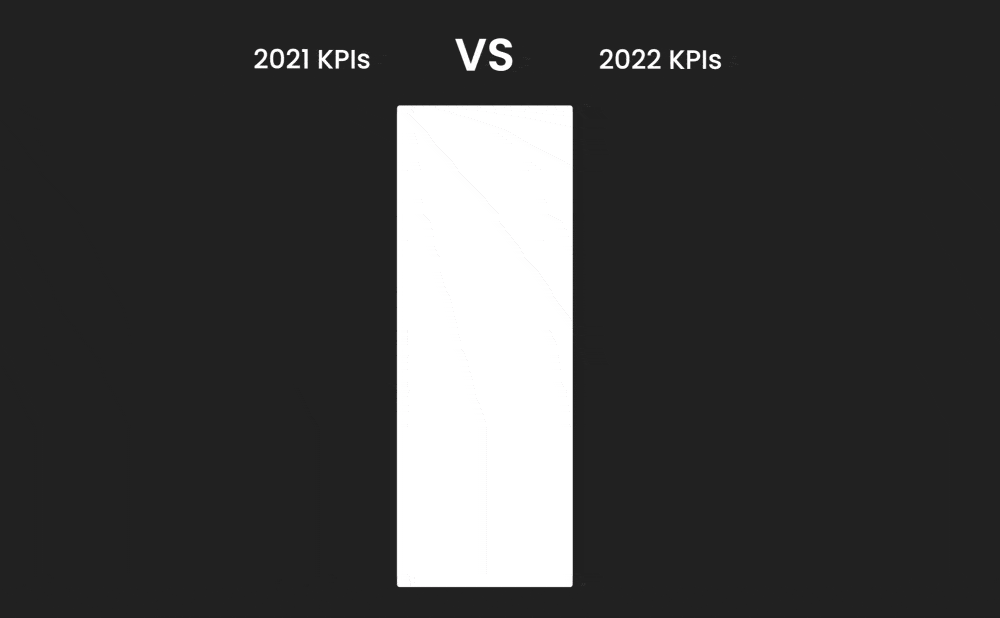
They Build Trust and Credibility
Case studies provide concrete examples of how your SaaS product solves specific problems or improves business processes. Your MQLs are probably looking for a solution that can solve a specific set of problems, so presenting your software in this way makes it easier to imagine how your solution can meet their needs.
They Make it to the Decision Table
B2B decision-makers take a long time to research various solutions before making a purchase—and there are usually many people and many stages involved in the process.
Positive reviews and testimonials will significantly influence their buying decisions by showcasing the positive experiences of other users and adding weight to your marketing claims.
Differentiating from Competitors
It’s a bloodbath out there, so going the extra mile to set your brand apart from your competitors is worth it. Reviews and case studies highlight unique features and benefits that real users appreciate.
They Give Your Sales Team a Leg to Stand On
Testimonials have a way of reassuring potential customers like no other sales material can. Hearing success stories from similar businesses can help your leads overcome whatever scepticism they have and move prospects closer to a purchase decision.
Key Takeaways for Succesful B2B SaaS Marketing Strategies
Mastering a successful B2B SaaS marketing plan requires a strategic blend of effective strategies like SEO, content marketing, paid advertising, and case studies. These marketing tactics play a crucial role in enhancing your brand visibility, driving qualified traffic, building trust, and basically yielding high returns on your marketing investment.
There you have it, SaaS marketers. By integrating these tactics and focusing on delivering value to your target audience, your B2B SaaS business can achieve sustained growth and maintain a competitive edge in the market.




